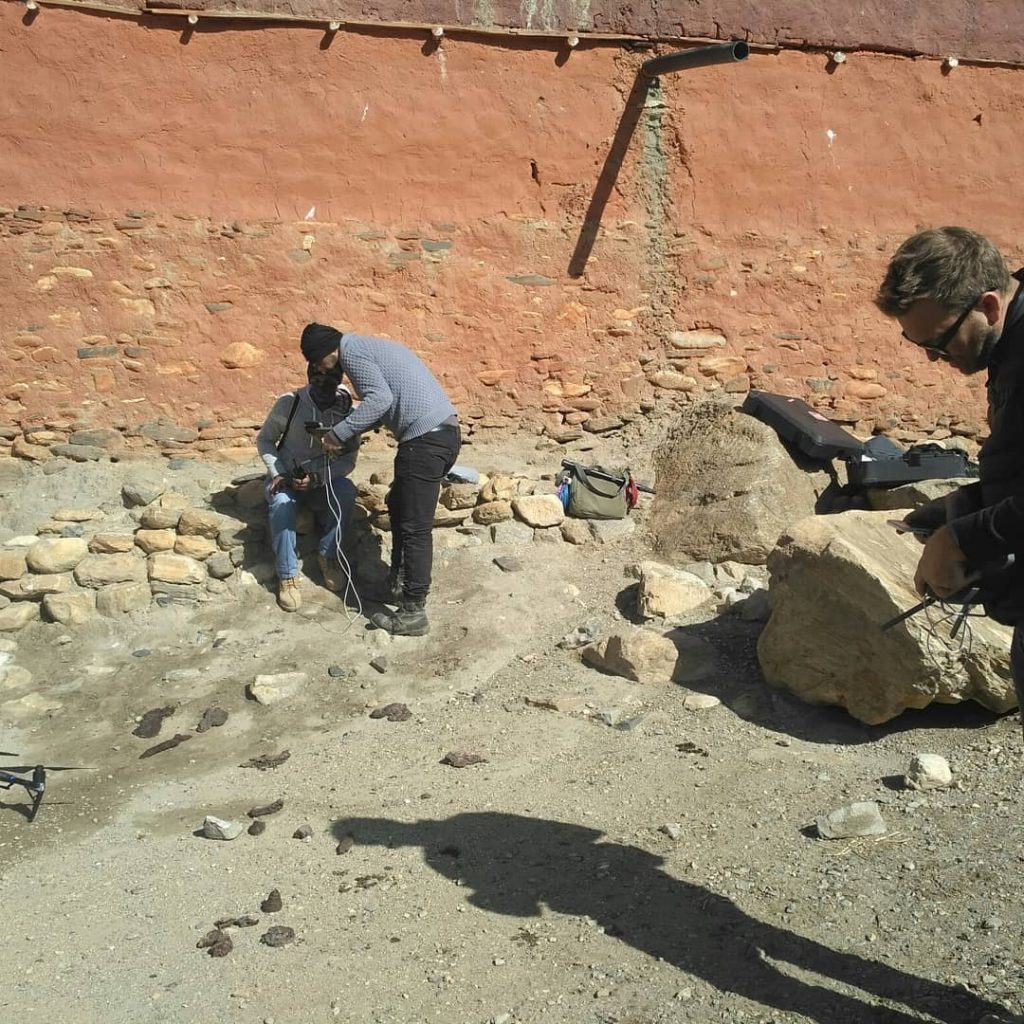Emergencies – Contact: Email: emergencieinnepal@gmail.com
If you need emergency care while trekking or filming in mountains of Nepal including Mount Everest, we can provide you an emergency tele consultation with best of the Doctors and connect you to the best hospitals in Nepal.
We will provide you an immediate tele consultation with Nepal’s top physician/ Trauma surgeon for standard medical advice. We will send doctors or rescues by helicopter to provide emergency support, rescue, and evacuation services.
Since 2007, we have operated a filming firm in Nepal, offering filming services, including film permits and fixers to clients worldwide. Since the locations in Nepal are difficult for filming and walking in Mountains, our fixer crew will assist you in case of medical emergencies.
Urgent Rescue & Medical Emergencies support :
- Kathmandu Films- Producer “Chandan Jha” -MOB: +977 9851354619
- Internal medicine Physician “Dr Sandeep Jha” – MOB: + 977 9851172627
- Orthopedic trauma and Spine surgeon “Dr Jitendra Thakur” – MOB: + 977 9851189309
- ER medicine “Dr Sanjay Karki”- MOB: +977 9841191796 (Helicopter Rescue)
Medical emergencies in mountains are unfortunately not uncommon especially during the climbing season when the mountain sees a high volume of climbers and trekkers. These emergencies can range from altitude sickness and frostbite to more severe conditions like high-altitude pulmonary edema (HAPE) and high-altitude cerebral edema (HACE) which can be life-threatening if not treated promptly. Any short of accident and trauma makes you handicap in mountains and leads to a painful experience.
When filming on Everest, especially for documentaries or adventure films, it’s crucial to have a well-equipped medical team standby and to be prepared for any medical emergencies that may arise. This includes having trained medical personnel, adequate medical supplies and communication equipment to coordinate rescue efforts if needed.
Even minor accident or trauma may need to be treated promptly before it worsen. In any fracture, immobilization of that body part is out most important before shifting to hospital. Proper and safe analgesics and other medicines advised by doctor can make your life easy and minimize the further damage.
Altitude sickness is a significant concern on Everest due to the extreme altitude, and it can affect anyone regardless of their level of fitness or prior climbing experience. Symptoms of altitude sickness can include headache, nausea, fatigue, dizziness, and difficulty breathing. If left untreated, it can progress to more severe forms like HAPE or HACE.
In the event of a medical emergency in mountains, the first step is to assess the situation and provide immediate medical care if possible. This may include administering supplemental oxygen, descending to a lower altitude if necessary, or administering medications to alleviate symptoms.
If the situation requires evacuation, there are helicopter rescue services available but weather conditions and the extreme altitude can make rescue operations challenging. In some cases, climbers may need to be evacuated by helicopter to lower altitudes where they can receive proper medical care.
Overall, when filming on Everest or engaging in any adventure activity at high altitudes, it’s essential to prioritize safety and be prepared for medical emergencies. This includes having a thorough understanding of altitude-related illnesses, having a well-equipped medical kit, and having a plan in place for evacuating injured or sick individuals to lower altitudes where they can receive proper medical care.



